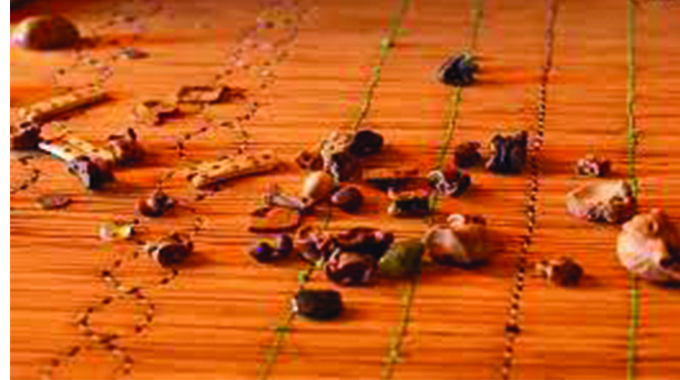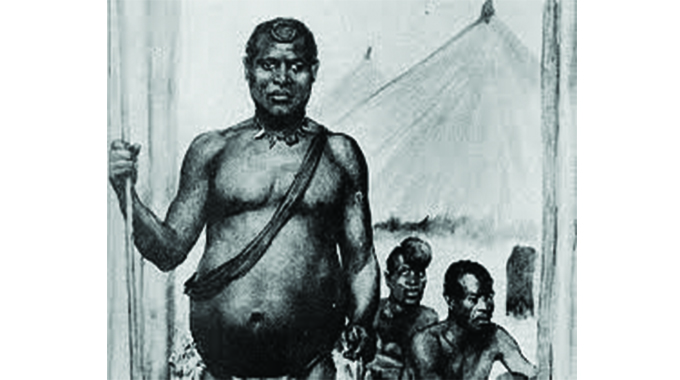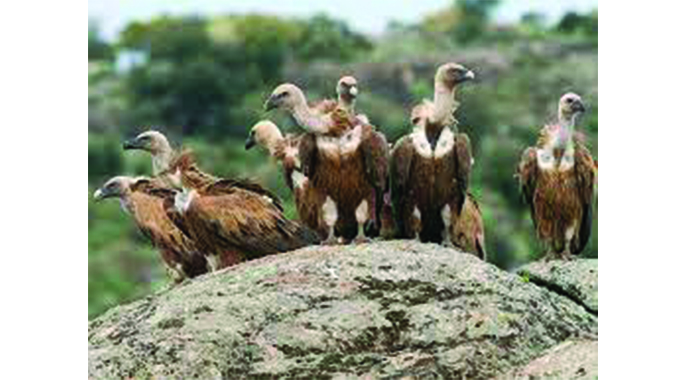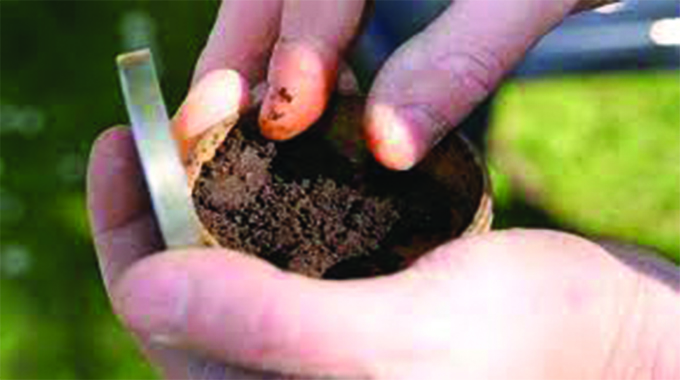
The Sunday News

HOWEVER, somewhat limited in range, the faunal assemblage retrieved during excavations at Old Bulawayo does provide some useful vista into the cosmologies and cultural practices of the Ndebele people in the 19th Century.
Bones tell stories and the fact that archaeology, is an exact science lends to the authenticity of the finds.

All that remains is informed interpretation of the presence of the various bones.
Last week we identified some principles that help in the interpretation process.
That was done from the understanding that cultural practices are informed and underpinned by certain beliefs and thought.
Where these are not sufficiently understood and applied meticulously, the interpretations may be faulty.
As a result, we shall arrive at wrong conclusions regarding the culture of the particular community under investigation.
Today we go a little further to attempt interpretation of other bones that were excavated from Old Bulawayo Cultural Landscape.
From the outset, it should be clear that the site in question had two very distinct socio-political, cultural and economic sections as represented by the Royal Enclosure and the Peripheral Settlement.
The latter represents the commoners’ settlement while the former represents royalty in the form of the King and his queens.
However, royalty, in particular the King Lobengula who epitomised the state and nation, had professional people who attended to him.

Amongst these were the traditional doctors such as Gulukudwane Zondo and several others who administered to the king his various spiritual needs.
From previous articles, we learnt that the military provided physical security and protection.
This was in line with the material component of men of flesh, and the king was one such.
However, the Ndebele people posited the existence of another dimension in a human being.
This intangible spiritual component equally had to be attended to.
Body and spirit, posit the Africans are mutually interactive.
We mention this so that interpretation of bones of whose flesh was not consumed as part of Ndebele cuisine.
These bones relate more to the spiritual dimension.
Spiritual issues demand attention and interventions of a spiritual nature.
Similarly, the material body demands attention from a relevant spiritual intervention.
It is against this belief of the constitution of a human being that Africans provided a holistic approach to healing and therapy.
It is to the spiritual advisors and agents that we now turn.
The traditional doctors, who were spiritualists, seers, shamans and clairvoyants were endowed with spiritual powers, knowledge to foretell coming events and receive knowledge from the ancestral spirits regarding plant and animal extracts for use in healing and spiritual formulations with royal, state and national safety and security in mind.
King Lobengula was attended to by this pedigree of trained specialist professionals.
These people were endowed, at conception, with a potential for becoming traditional healers, diviners and spiritual interventionists.
Once they attained biological and mental maturity, they underwent initiation in readiness for performing their intended roles.
Their knowledge and skills were put into practice.
The preparatory stage of initiation was carried out for several reasons.
For now, we shall concentrate on enhancing the two-way communication channel between the living spiritualists and the departed ancestral spirits in the realm of the dead.
Communication is at the centre of African Spirituality, what some people prefer to call African Traditional Religion (ATR).
That communication is of a spiritual nature and the spirits are at the centre of the spiritual phenomenon.
An important requirement is always maintaining conditions that allow facilitation of communication.
The said conditions will be dealt with in another series of articles.
Suffice it to say the traditional doctors were wary always to ensure they were in constant communication with their departed ancestors who possessed higher knowledge and occupied vantage positions from where to scan the past, the present and the future for the benefit of the king, the state and nation.
With this somewhat brief background, we are in a position to lurch into the field of interpretation, knowing well that when we are not fully equipped with the thought and cosmology of a community, we are treading on quick and treacherous sands.
Let us start with the avian bones that the archaeologists thought belonged to a vulture.
Vultures do play an important part in the spiritual world of the Ndebele people.
It was their attendant perceptions of this bird that ensured its inclusion into the field of Ndebele spirituality.
One important perception was that vultures are endowed with the gift of seeing coming events.
They are believed to see where an animal is about to die and provide them with flesh that they consume with abandon.
The assumption is that the birds have the power to dream and see events that are yet to occur and where they will occur.
No sooner does a beast die than vultures that were already circling above it, descend to devour the carcass of a dead beast.

Traditional doctors require a similar ability to see future events including what could befall or threaten the continued existence of the king and the state and nation.
Symbolic manipulation came into play.
The traditional doctors, in their dreams, were to be as sharp as the vultures in their ability to have the future exposed to them.
As a result, they wore, as part of their paraphernalia, the long bones of a vulture so that they symbolically acquired the seeing traits of these scavengers.
However, the one part that was commonly used was vulture brains. It ought to understand that the spiritual doctors used snuff.

snuff
Tobacco, introduced by the Portuguese from South America, found its way into the spiritual world of African people.
Powdered brain was added into the snuff, in an effort to symbolically acquire the exploits of a vulture in reading the future.
Some vulture bones were crushed and mixed with other medicinal herbs and burnt.
The doctors inhaled the issuing smoke in an effort to enhance and maximise dream potency.
In fact, there are many other measures that were taken to ensure the doctors were always on top of the situation when it came to foretelling the future and absorbing the lessons given to them in their sleep by the ancestral spirits.
Thus, the vulture was used as part of a doctor’s paraphernalia, in the snuff formulations intended to enhance, through symbolic manipulation, communication channels in the form of consistent and clear dreams and visions.
Alternatively, the bird’s bones were crushed and burnt with the issuing smoke being inhaled.
For the particular doctors at the royal residence, their role was to preserve the king through protecting, fortifying and warning him of impending doom so that precautionary measures would be put in place.
What we should appreciate is that the bones of a vulture had the direct application in the traditional doctors’ day-to-day spiritual operations.
The king and queens did not directly make use of the bones of vultures.
Vulture earned their way, of course already dead, into the Royal Enclosure because of Ndebele perceptions relating to the birds.
These points to the fact that probably the traditional doctors lived within the Royal Enclosure at Old Bulawayo.
The layout of beehive huts seem to point to that reality.



